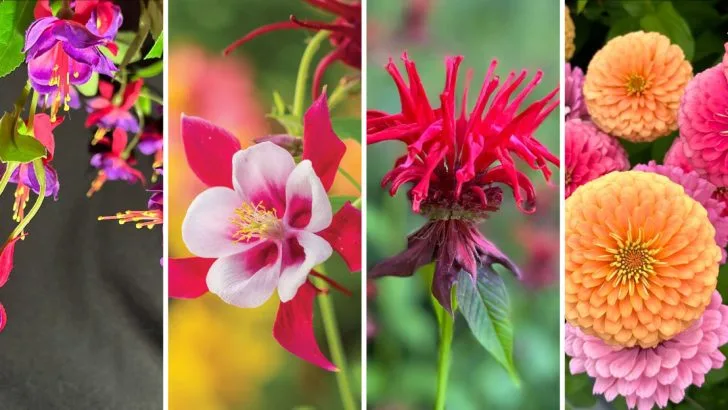Hummingbirds are drawn to vibrant flowers, and having them visit your garden can bring an added layer of beauty and joy. If you’re looking to attract these tiny, iridescent creatures, choosing the right flowers is key.
In this article, we’ll introduce you to 13 colorful flowers that will not only brighten up your yard but also create an irresistible haven for hummingbirds. From fiery reds to soft pinks, these plants offer the perfect blend of color, nectar, and allure to make your garden a buzzing hotspot for hummingbirds.
Trumpet Creeper
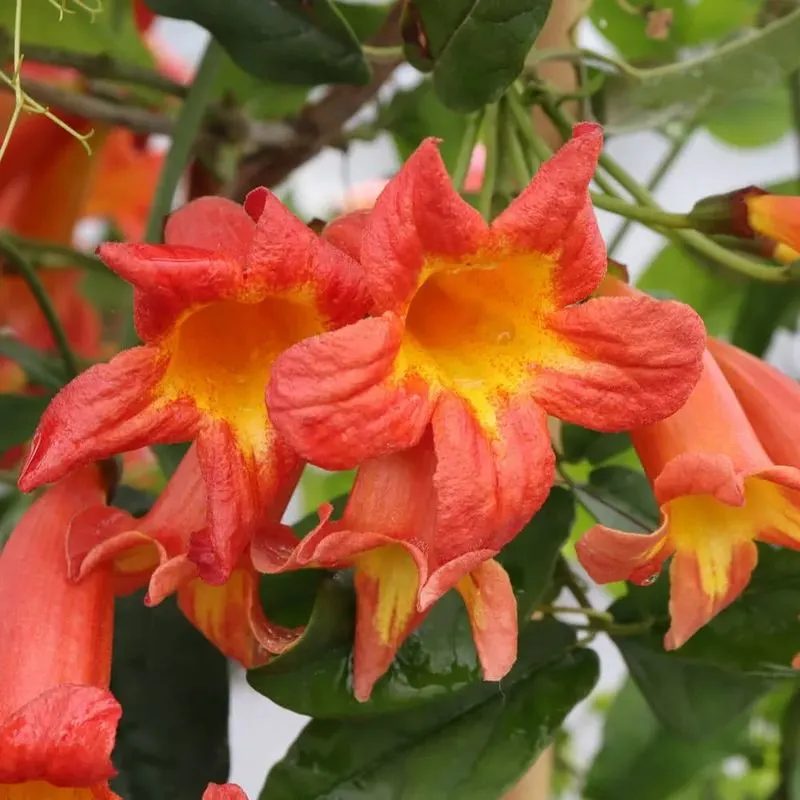
The alluring trumpet-shaped blossoms create a spectacle in any garden. With their fiery orange hue, these flowers are an irresistible attraction for hummingbirds. Rich in nectar, they provide a reliable food source. Plant them near trellises or fences to encourage climbing, enhancing the vertical space.
Although they require a bit of maintenance to keep in check, their vibrant display is well worth it. Regular pruning ensures they remain a highlight without becoming unwieldy. Consider pairing with complementary plants to create a balanced visual appeal. This creeper thrives in sunny locations, making it a versatile option.
Bee Balm
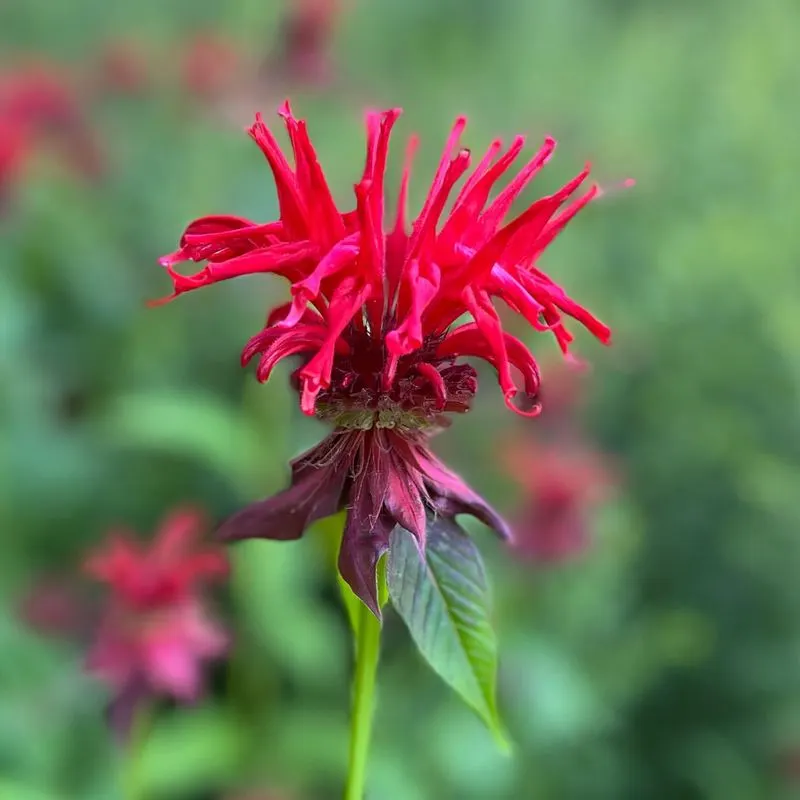
Known for its unique, spiky blooms, Bee Balm captivates both gardeners and hummingbirds alike. Available in shades ranging from red to purple, it adds a dynamic contrast to garden palettes. Its aromatic foliage adds another sensory layer, deterring pests while inviting pollinators. Plant it in groups to create a focal point that hummingbirds can’t resist.
Regular deadheading promotes prolonged flowering, ensuring a steady supply of nectar. Resistant to mildew, it’s a hardy choice for various climates. Pair with grasses for texture variation. Its adaptability makes it a garden favorite, adding both color and life.
Columbine
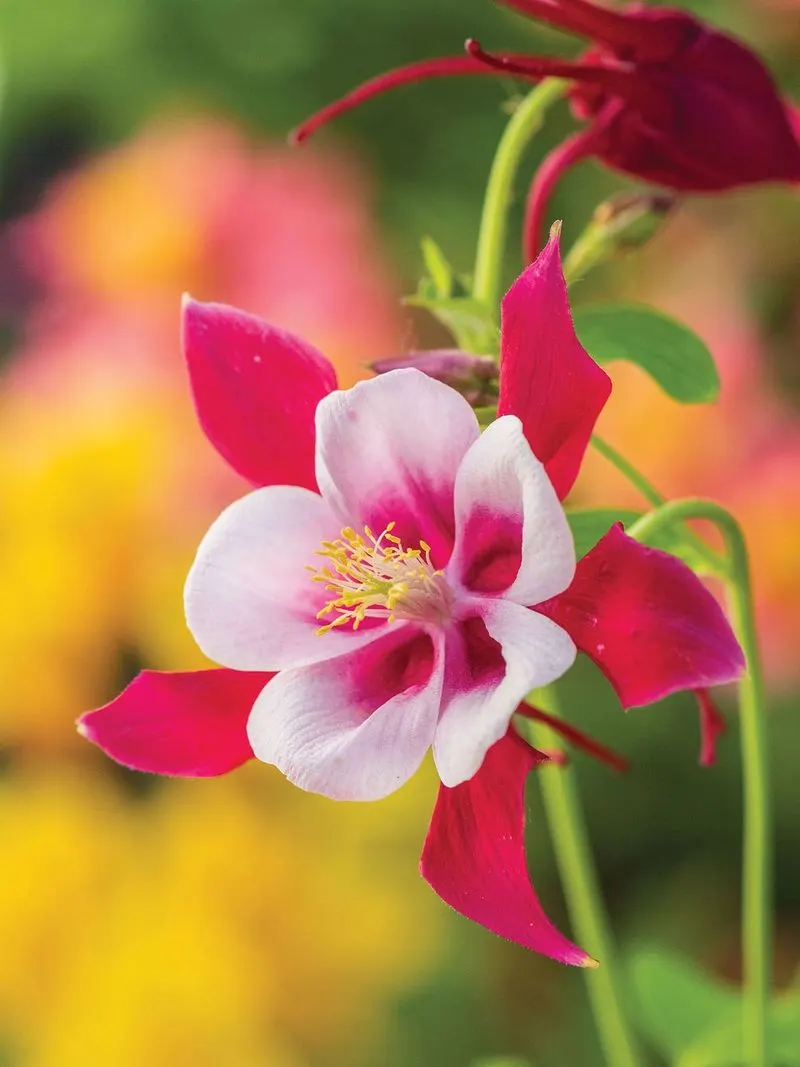
Columbine’s intricate blooms, with their distinctive spurred petals, draw hummingbirds effortlessly. These flowers appear in a range of vivid colors, offering visual interest throughout spring. Plant them in shaded areas where they can thrive without direct sunlight. Their light, airy foliage complements other perennials, creating depth in garden design.
Minimal maintenance is needed, making them perfect for novice gardeners. Regular watering ensures robust growth, while well-drained soil prevents issues. Their versatility extends to container gardening, providing flexibility in placement. As a bonus, they attract beneficial insects, enhancing biodiversity in your space.
Salvia
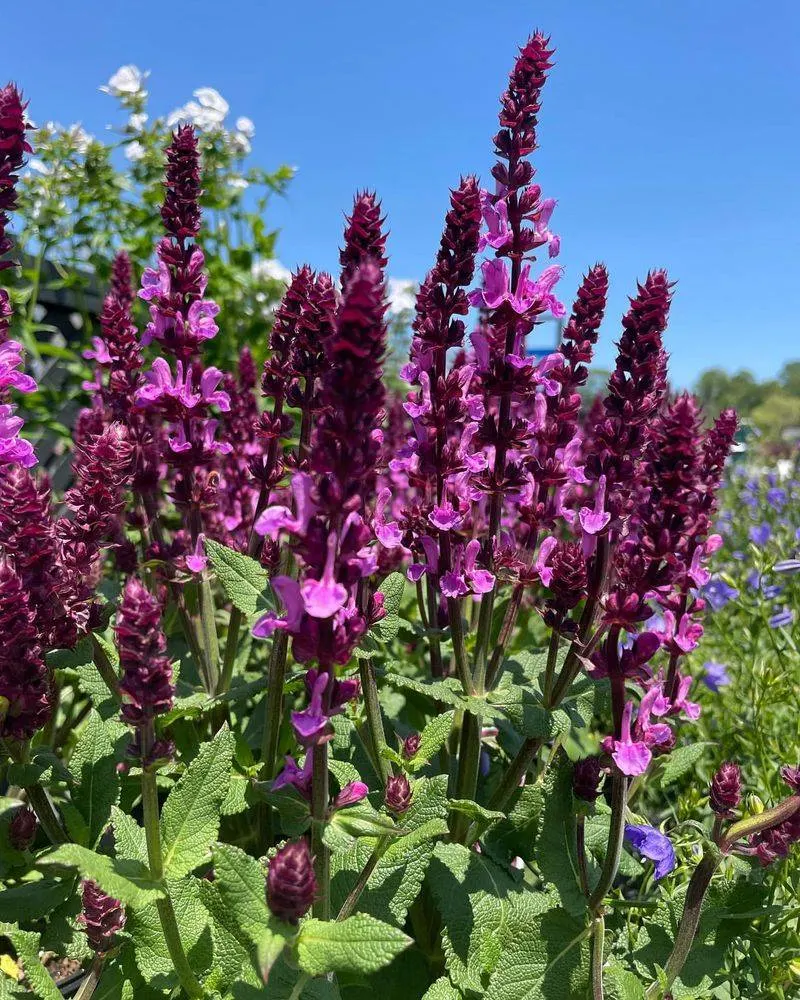
With its tall spikes and vibrant colors, Salvia stands out in any garden setting. Hummingbirds flock to its nectar-rich blossoms, which appear in shades from red to blue. Its drought-tolerant nature makes it suitable for various climates and low-maintenance gardens.
Incorporate it into borders or mass plantings for maximum effect. Regular deadheading encourages continuous blooms, ensuring a steady attraction for pollinators. Its aromatic foliage adds a sensory dimension, deterring unwanted pests naturally. Pair with other drought-tolerant plants for a cohesive theme. Salvia’s versatility and resilience make it an exceptional addition to gardens.
Fuchsia
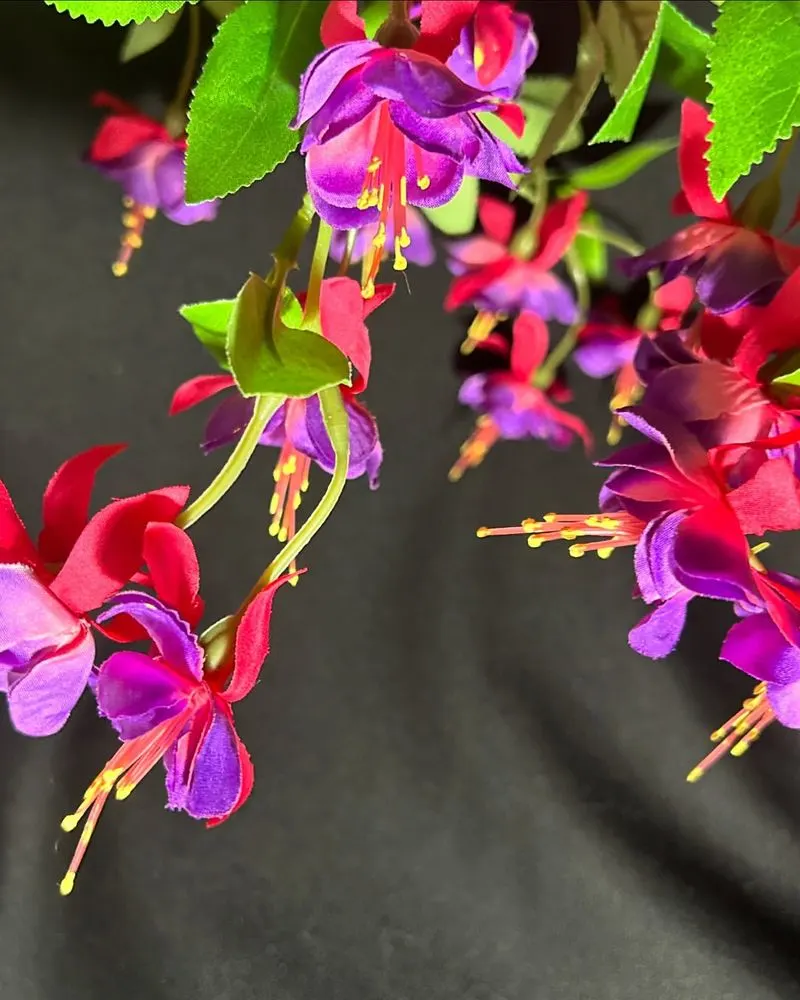
Fuchsia’s pendant blooms bring a touch of elegance to any garden, with their vibrant pink and purple hues. These flowers are particularly suited to shaded areas, enhancing spaces often overlooked. Their cascading growth habit is perfect for hanging baskets or containers, adding dimension and interest. Regular watering and feeding promote lush growth, ensuring they remain a focal point.
Despite their delicate appearance, fuchsias are surprisingly hardy, withstanding various conditions. Incorporate them into mixed plantings for a burst of color. Their ability to attract hummingbirds is unmatched, making them a garden essential.
Cardinal Flower
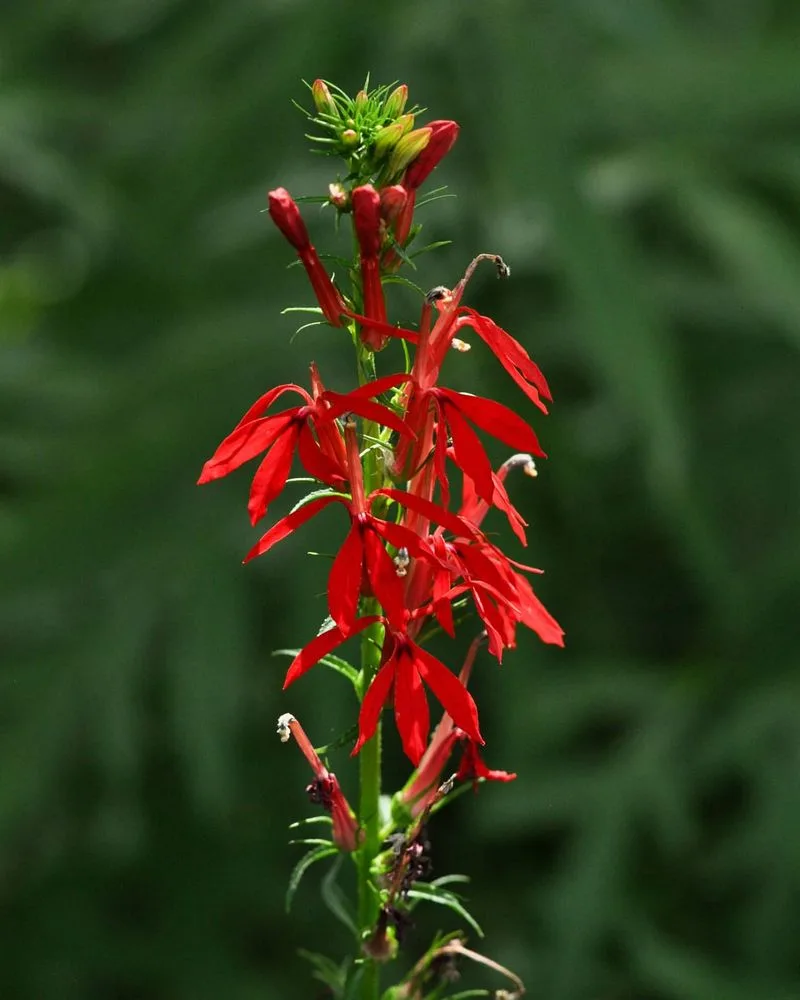
The vibrant red of the Cardinal Flower is a beacon for hummingbirds. Preferring moist conditions, they thrive near water features or in rain gardens. Their tall, striking spikes create a vertical element, drawing the eye upwards. Although short-lived, their beauty and attractiveness to pollinators make them worthwhile.
Group them together for a bold statement, or intersperse with native plants for a natural look. Regular watering maintains their stunning appearance, while deadheading can extend blooming. Their adaptability to different moisture levels is an advantage, providing flexibility in garden design. Cardinal flowers truly enhance any landscape.
Zinnia
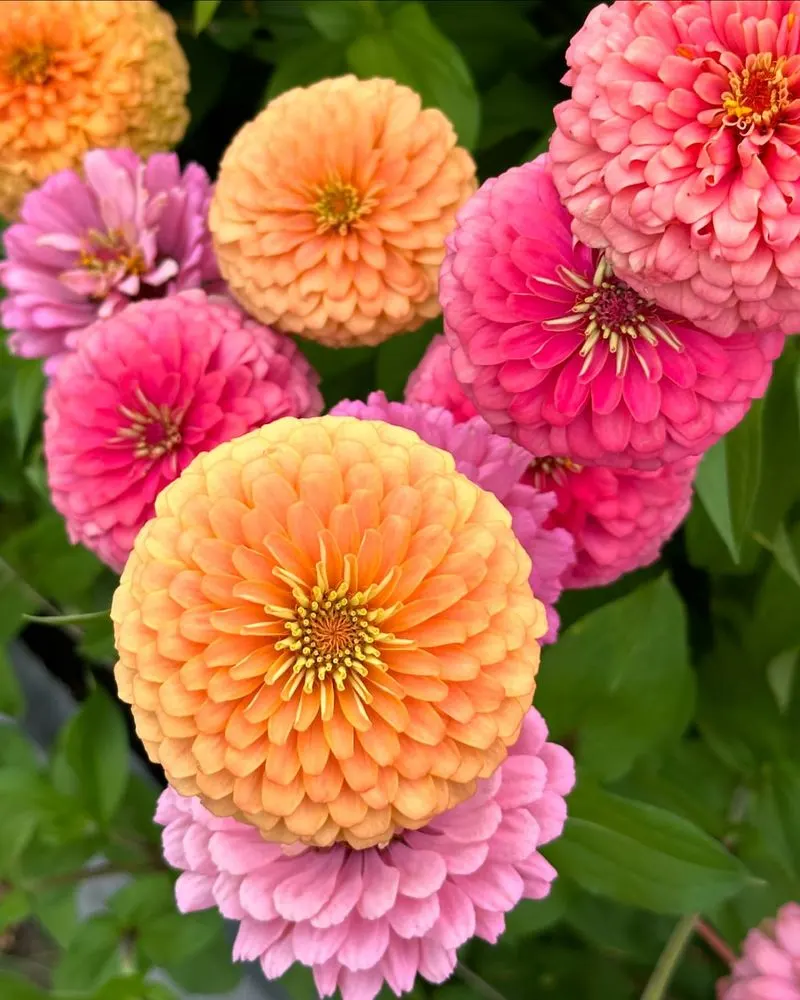
Zinnias offer a burst of color that few flowers can match. Available in a wide palette, they add cheerful vibrancy to any garden. Hummingbirds are particularly fond of the single-flower varieties, which provide easy access to nectar. Plant them in sunny locations for best results, ensuring they receive ample sunlight. Their drought-tolerance is a bonus, requiring minimal watering once established.
Regular deadheading keeps them blooming throughout the season, maintaining their allure. Pair with other annuals for a dynamic display. Their straightforward care makes them ideal for both novice and experienced gardeners alike.
Petunia
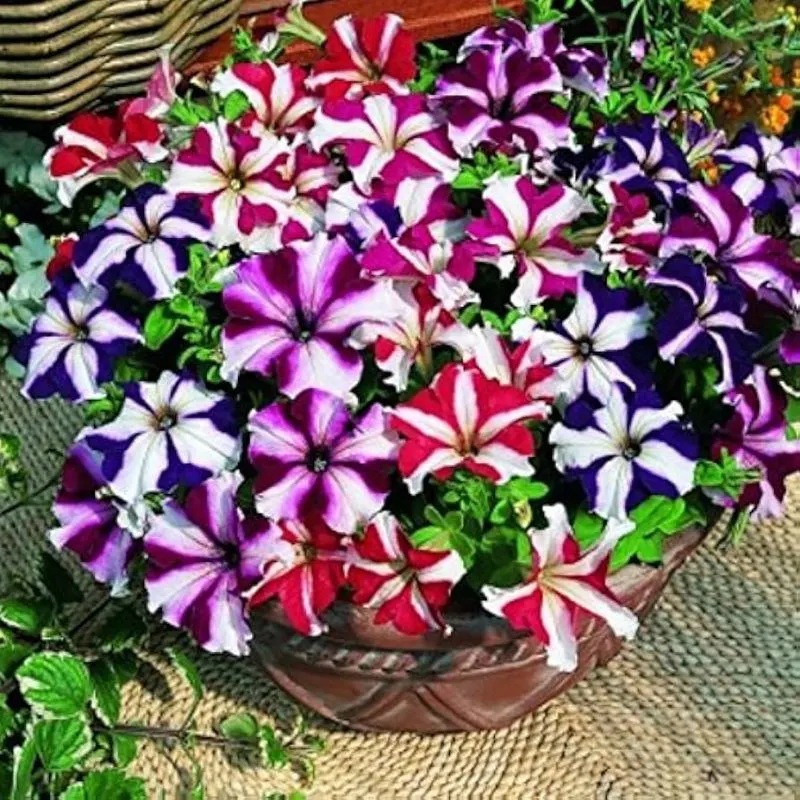
Petunias, with their vivid array of colors, are a staple in many gardens. Their long blooming period ensures a constant attraction for hummingbirds. Plant them in containers or beds to create versatile displays. Regular watering and fertilizing are key to maintaining their health and vibrancy.
They thrive in sunny spots, where they can soak up the light. Deadheading spent flowers encourages new growth, keeping them lush and appealing. Their resilience to various conditions makes them a favorite among gardeners. Mix with other annuals for a textured look. Petunias truly bring gardens to life.
Lupine
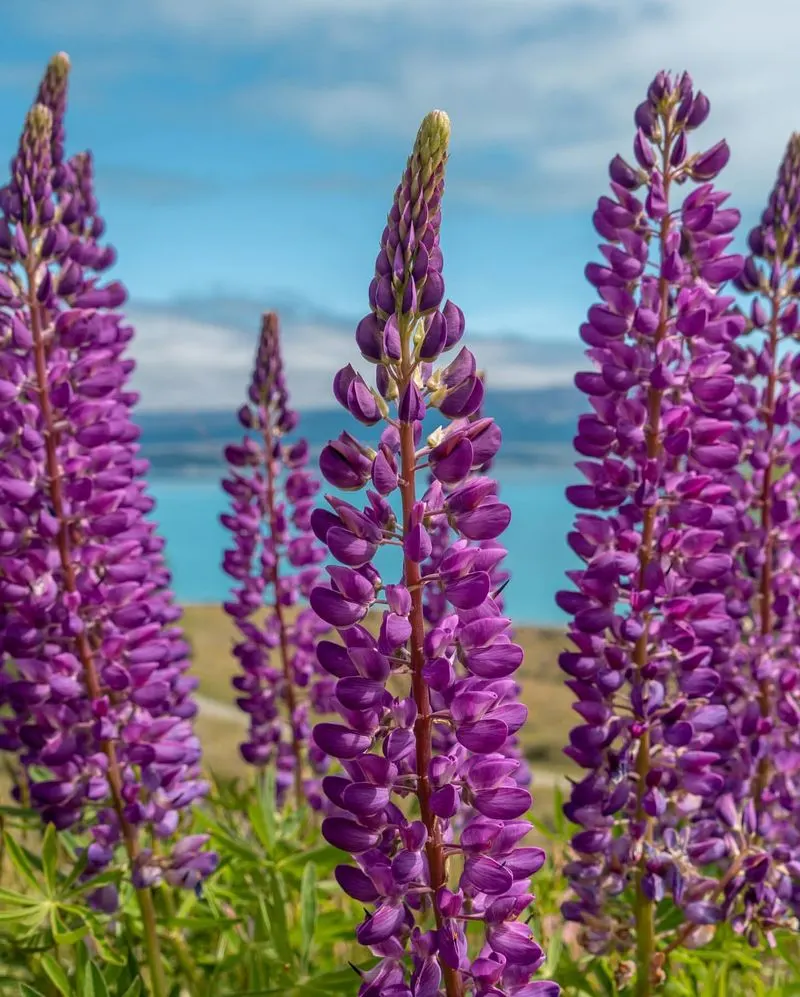
Lupines, with their towering spikes, create a dramatic statement in any garden. Their vibrant colors, ranging from purple to pink, attract hummingbirds effortlessly. Plant them in well-drained soil, ensuring full sunlight for optimal growth.
They are excellent for creating focal points or adding height to garden borders. Regular watering supports their development, while minimal fertilization keeps them thriving. Their nitrogen-fixing ability benefits the soil, improving conditions for surrounding plants. Pair with low-growing perennials for a layered effect. Despite their grandeur, lupines are simple to care for, making them a valuable addition.
Butterfly Bush
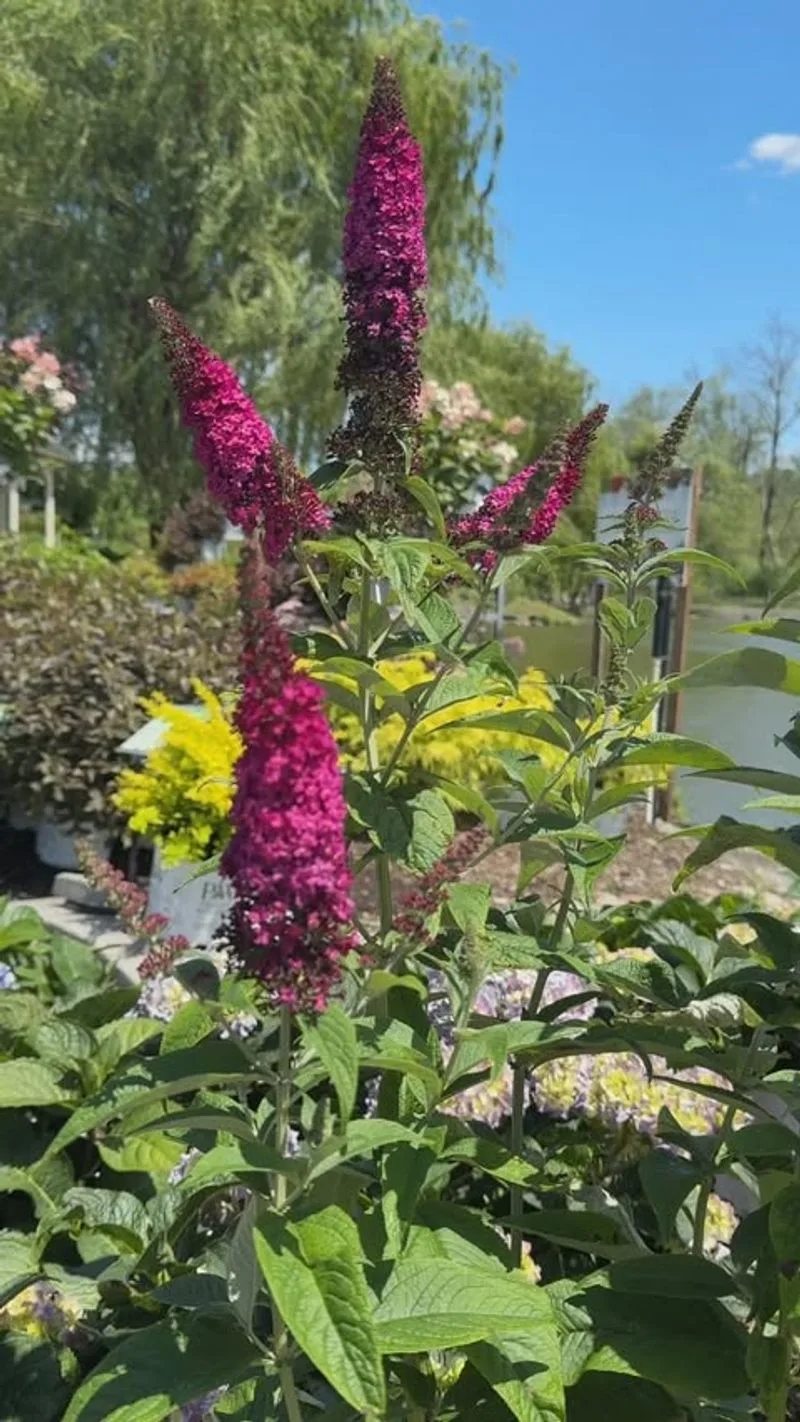
The Butterfly Bush is renowned for its fragrance and bountiful blossoms. Its long panicles provide a feast for hummingbirds and other pollinators. Available in various colors, they fit seamlessly into any garden design. Plant them in sunny locations where they can grow freely, requiring minimal care.
Pruning encourages bushier growth and more prolific flowering, keeping them as a garden centerpiece. Their ability to attract wildlife makes them an ecological asset. Pair with other pollinator-friendly plants for a vibrant garden. Despite their name, they appeal to more than just butterflies, enhancing biodiversity.
Hibiscus
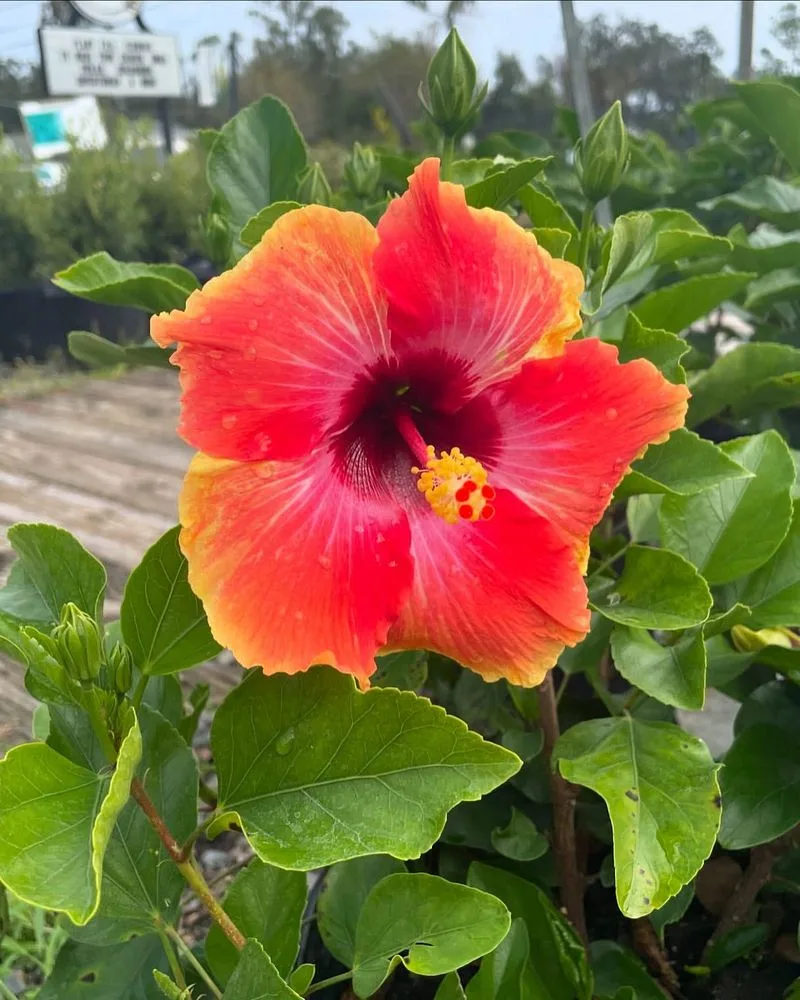
Hibiscus flowers, with their large, flamboyant blooms, create a tropical feel in any garden. Their vibrant reds and oranges are particularly enticing to hummingbirds. Best planted in warm climates, they thrive in sunny spots with well-drained soil.
Regular watering and fertilizing promote robust growth and continuous flowering. Although they require a bit of care, their stunning display is a worthy reward. Combine with other tropical plants for a cohesive theme. Their adaptability to potting allows flexibility in garden design. Hibiscus not only adds color but also creates a warm, inviting atmosphere.
Foxglove
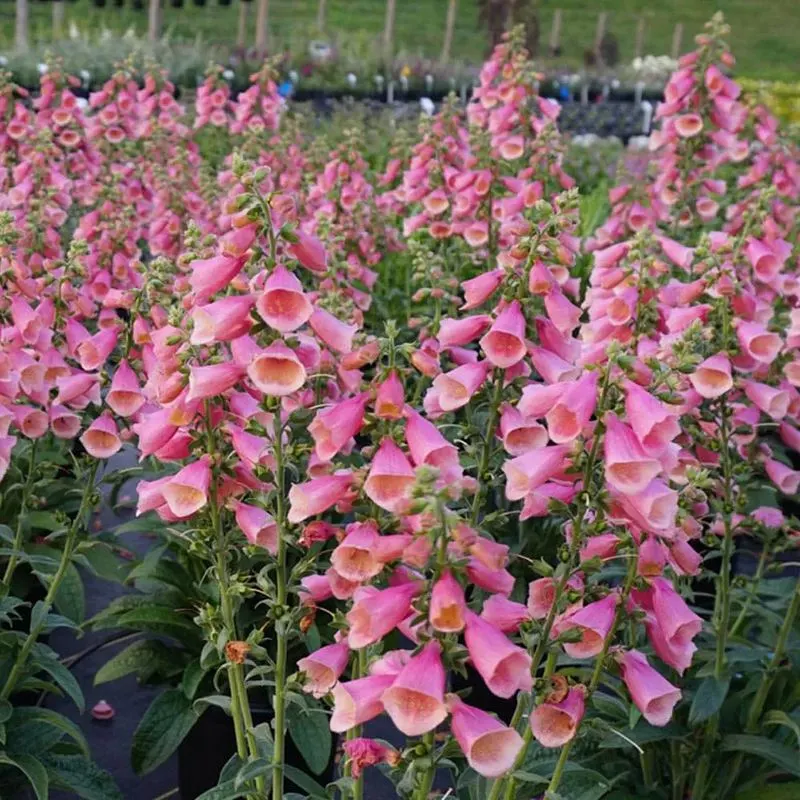
Foxglove’s elegant spires add grace and height to garden landscapes. Their tubular blooms are perfect for hummingbirds, offering easy access to nectar. Preferring part-shade, they are ideal for woodland settings. Plant them in groups for a naturalized effect, or use them to punctuate garden borders.
Regular care ensures they return year after year, with little needed beyond occasional watering. Their ability to thrive in less sunny areas makes them versatile additions. Foxglove’s charm lies in its simplicity, enhancing gardens with minimal effort. Their classic beauty never goes out of style.
Honeysuckle
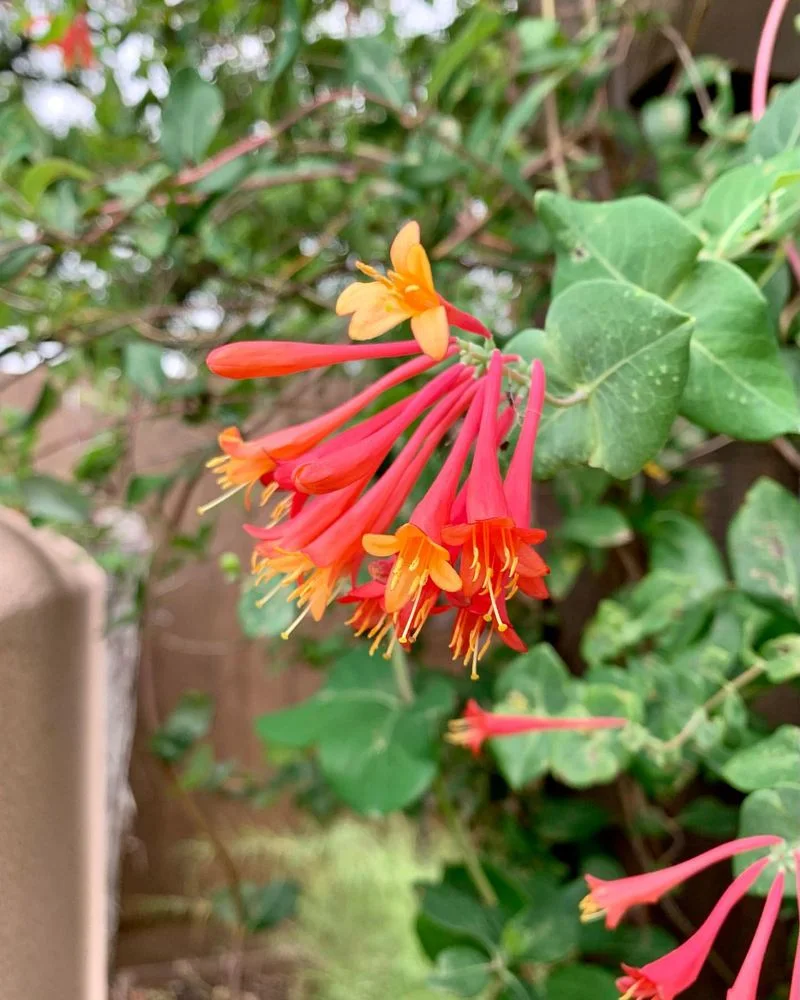
Honeysuckle’s sweet scent and tubular flowers are a classic draw for hummingbirds. These vines are perfect for covering arbors or trellises, adding both fragrance and color. Plant them in sunny locations for best results, ensuring they receive adequate hydration.
Pruning helps maintain their shape and encourages more blooms, creating a dense, flower-laden spectacle. Their rapid growth rate makes them an excellent choice for quickly establishing cover. Pair with other climbers for a textured look. Honeysuckles offer not only beauty but also the delightful aroma that enhances outdoor spaces.

